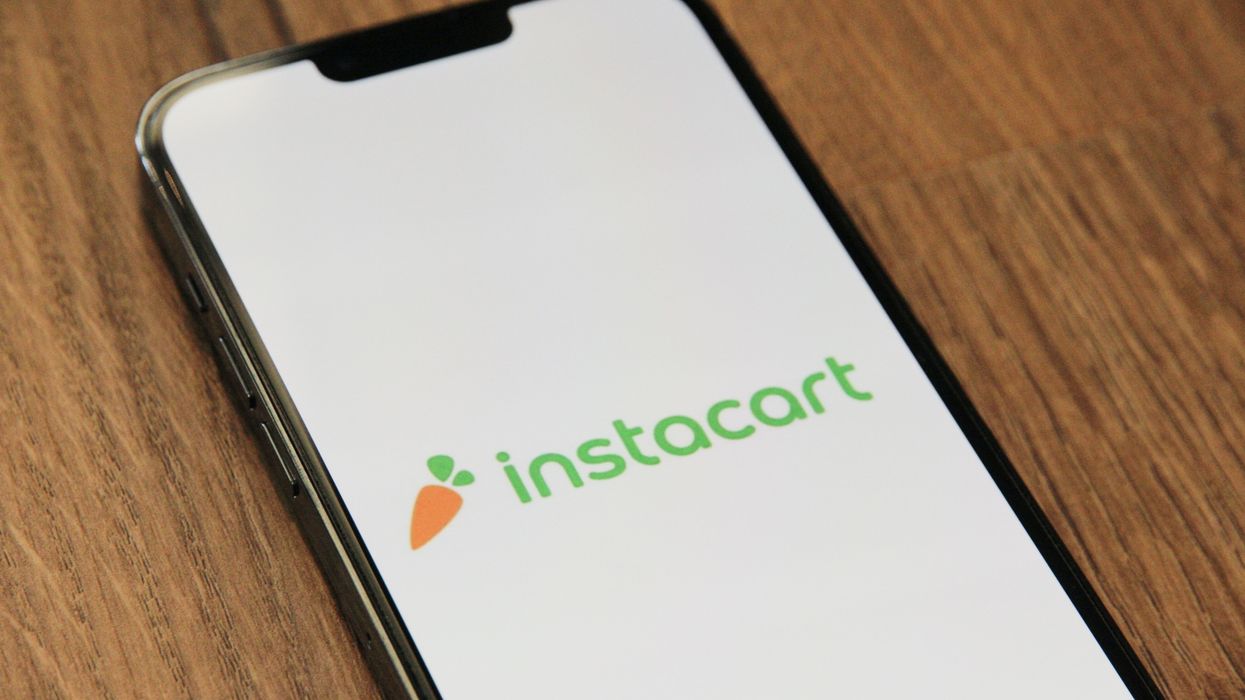Shopping is about to become more deeply embedded in Google search.
That’s one of the takeaways from the Search On event, where Google rolled out a number of new features across its capabilities. These included shopping features that allow users to define their search around products that they are looking to buy, and curate the search engine's trove of information in service of that experience.
Here’s a look at the 10 shopping-related features that debuted on Wednesday:
Search with ‘Shop’
One of the new features uses a word to open a shopping-oriented search experience. Users will be able to type “Shop” followed by the type of item they’re seeking, and it will open up a visual feed of products, as well as tools for research and local inventory of that product.
Google is also adding more product categories to shoppable search experience, which was launched in 2021 to enable shopping with Google Lens, window shopping with visual display of products and in-store inventory. It initially featured only apparel, but will now expand to all consumer categories, ranging from electronics to beauty.
Shop a ‘look’
New tools will enable shoppers to assemble an outfit. If a user is shopping for a specific item, the search experience will display complementary items, as well as options for where to buy them.
Trending products
This feature shows popular products in a particular category. Launching later this fall in the US, it will enable shoppers to view models, styles and brands.
Shop in 3D

(Gif by Google)
Google is adding 3D visuals of shoes in search, building on a release earlier this year that introduced home goods. Google is also providing a new way to build 3D models.
“Thanks to our advancements in machine learning, we can now automate 360-degree spins of sneakers using just a handful of still photos (instead of hundreds),” the company wrote, adding that this feature will be available later this year.
Google said it grew the feature because people engage with 3D images 50% more than static ones.
Buying guide
Google has a series of new features designed to help users as they make decisions on complex purchases that tend to take more time than a single search. This “buying guide” is designed to share information from a wide range of sources inside search. The idea is to provide easy access to key details about a product that a user might otherwise spend time researching. This feature recently launched, and new categories are coming soon, Google said.
Page insights
This feature adds context to search about a website or product, drawing from information provided by people who have bought it. It offers pros, cons and star ratings. Additionally, users can opt in to get alerts about price drops. This feature will launch in the US “in the coming months,” Google said.
Personalized shopping results
Google said it will soon start rolling out more personalized results based on a user’s habits. Users can also tell Google their preferences directly, and turn off this option. After a user selects a preferred department (such as women’s) and brands, Google will show more of those results. This feature is slated to roll out in the US later this year.
Dynamic filters
On search, shopping filters are now adapted based on current trends. If particular styles are of-the-moment, Google will add those to the filters and remove others. When shopping jeans, they might see "bootcut" or "wide leg," if they are popular. These filters are now available.
Shop using Discover
In the Google app, the Discover feature will suggest styles based on what a user and others have been shopping for. If they tap a look they like, Lens will display where to buy the items nearby.
Multisearch Near Me
Google’s recently-launched multisearch feature allows users to search for an item by taking a picture of an item, and adding text below it. It’s designed to add visual elements to search, and allow people to add context to find the right item. With the upcoming Multisearch Near Me, users will be able to take a picture of an item or food dish, then find out whether it is available at a nearby store. This, along with other search upgrades, will be available in the coming months, Google said.
Takeaways
Google has talked often this year about ramping up shopping, and rolled out a host of new features to do so. With this latest batch of releases, its approach to upgrading commerce appears to be one that harnesses many Google already has, and more directly apply them to shopping – all with the goal of making it more fun and inspirational, as executives put it.
Google has vast amounts of imagery and in general wants to include more photos in search, so now shopping is more visual. Google has information that people seek while doing research, so shopping now presents that information. Google has data on trends, so it will now show the latest looks and styles.
And, above all, people pull up Google to start shopping, so that can now be part of the experience when a person types in their first search, without having to open the shopping tab. The result is that Google will likely start to look more like a product detail page, albeit with a more visual inclination.
But searching online is not necessarily directly tied to ecommerce. Many of these features are designed to enable users to find an item at a nearby store. Earlier this year, we heard Google executives talk about how “near me” is a top Google search. These features are the product outgrowth of that insight. So, it follows the above logic: Google is used to find items that are available at nearby stores, so the results are displaying local inventory.
Google is emphasizing ecommerce more directly in other areas. After all, it’s still a place where many ecommerce product searches begin, and a big engine for advertising among brands and retailers. In fact, those ads saw many upgrades this year, too. It’s a good bet that when Google has a big rollout like Search On, shopping will be involved for the foreseeable future.
At the end of the day, there is also an imperative for Google to improve shopping. When it comes to search for items to buy, Google is losing ground to Amazon. According to Jungle Scout, 60% of online shoppers said they start a product search on Amazon, while about half said they started on a search engine like Google. (Respondents could pick more than one option). A further 11% said they started on TikTok, showing the short-video platform is already becoming a shopping destination, as well. Given this rise, it makes sense that Google wants to create a shopping experience that stands out.













